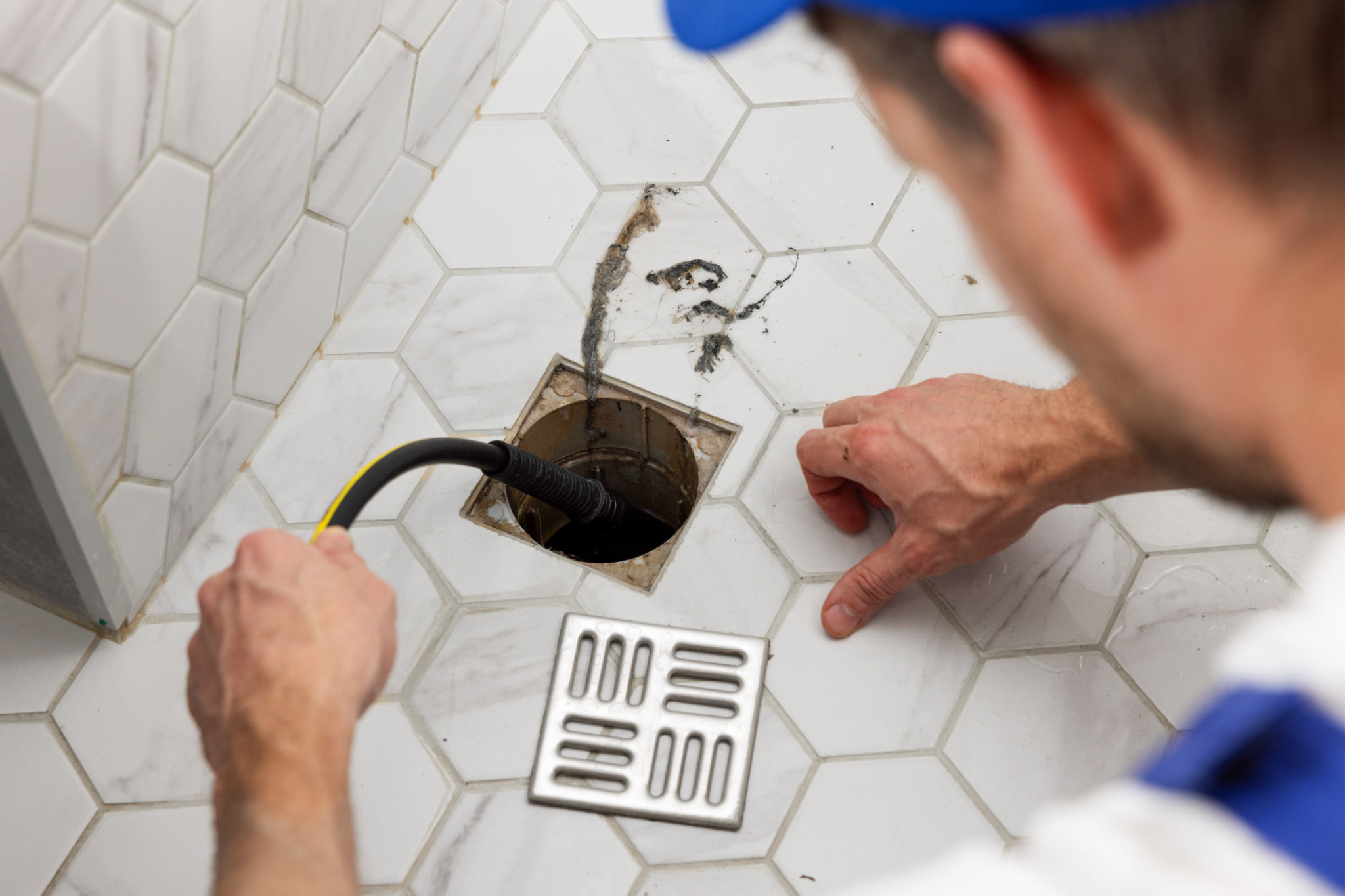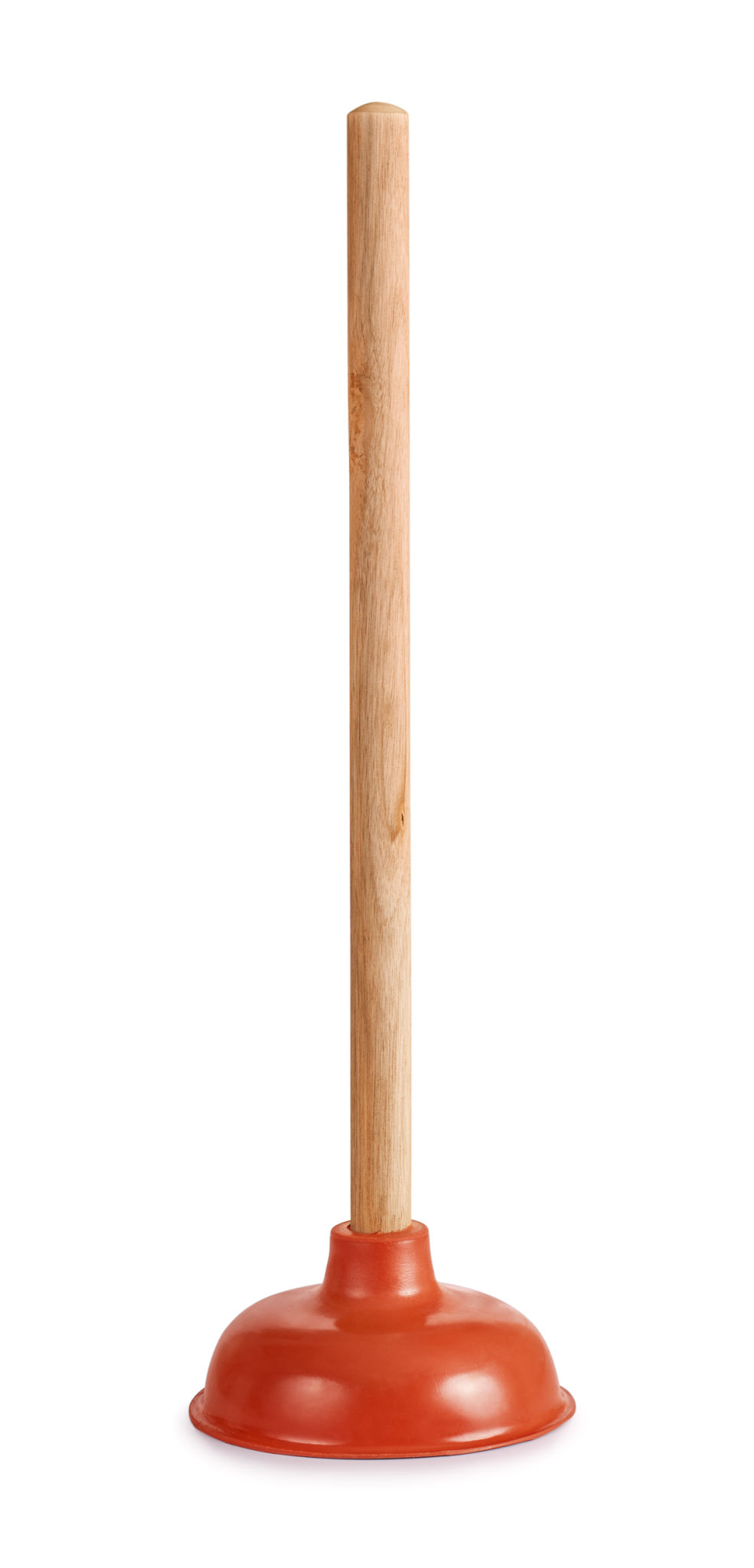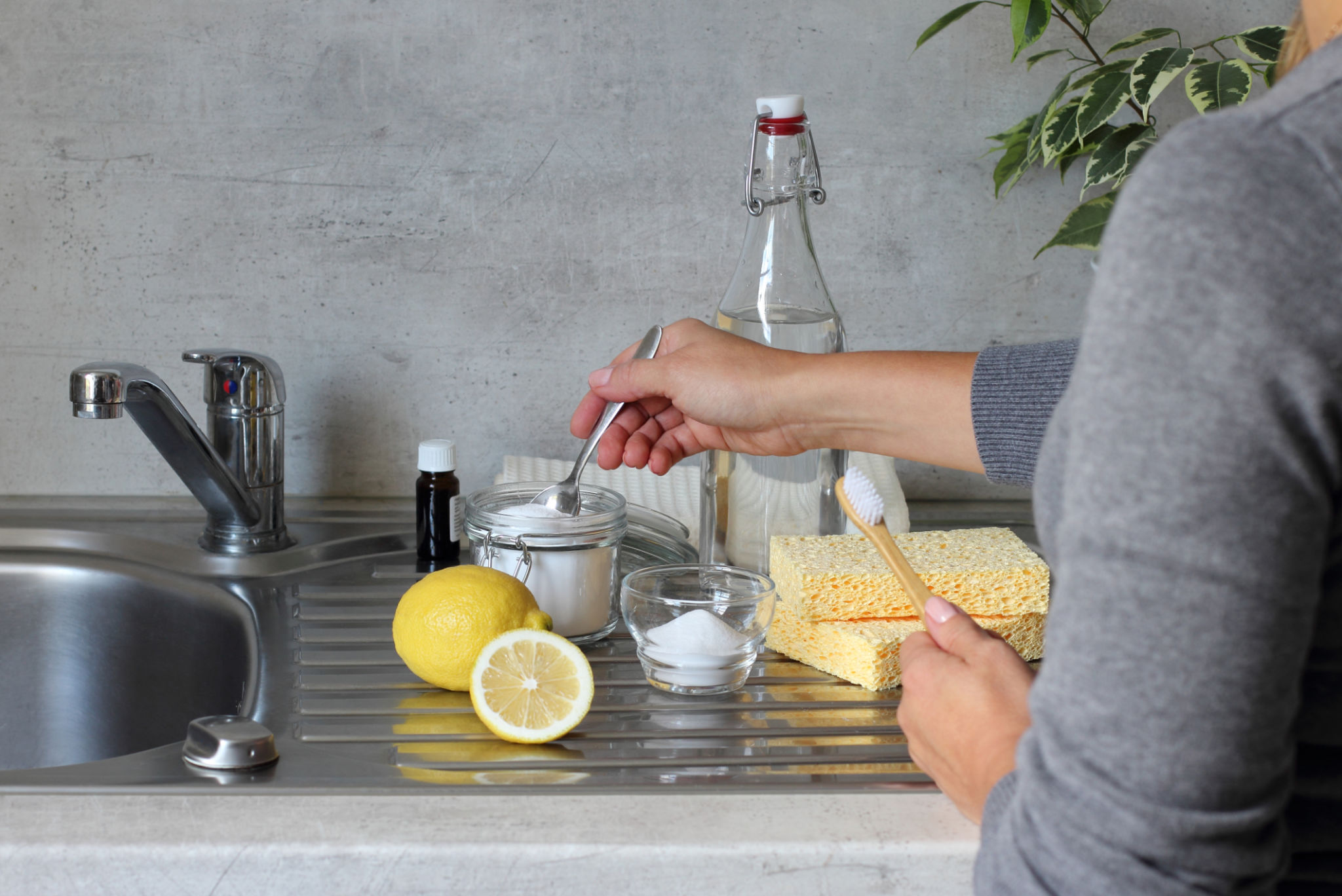How to Unclog Drains: A Step-by-Step DIY Guide
HG
Understanding Drain Clogs
Dealing with a clogged drain can be frustrating, but understanding the common causes can help you tackle the problem more effectively. Drains can become blocked due to a buildup of hair, soap scum, grease, or food particles. In bathrooms, hair and soap are the usual suspects, while kitchen sinks often fall victim to grease and food scraps.

Knowing the type of clog can guide you towards the most effective solution. For instance, hair clogs might require a different approach compared to those caused by grease. With a bit of patience and the right tools, most clogs can be cleared without professional help.
Gathering Your Tools and Materials
Before diving into the unclogging process, gather the essential tools and materials. Having everything at hand will make the task quicker and more efficient. Here's what you'll need:
- Plunger
- Drain snake or auger
- Baking soda and vinegar
- Rubber gloves
- Bucket
These basic items should suffice for most household clogs. However, for stubborn blockages, you might need more specialized tools.
Using a Plunger Effectively
The plunger is often the first line of defense against clogged drains. To use it effectively, ensure that there is enough water in the sink or tub to cover the plunger's rubber cup. Place the plunger over the drain and push down gently to create a seal, then pull up sharply to dislodge the clog.

Repeat this motion several times. If you notice the water starting to drain, you've likely broken up the blockage. If not, you may need to try another method or tool.
Trying a Drain Snake
If plunging doesn't work, a drain snake can be a lifesaver. Insert the snake into the drain and turn the handle clockwise. This will allow the snake to grab onto any debris blocking the way. Once you've snagged something, pull it out slowly.
Drain snakes are particularly effective for hair clogs in bathroom sinks or tubs, as they can reach deeper into pipes than a plunger can.
Homemade Drain Cleaner
For a natural and eco-friendly solution, try using baking soda and vinegar. Pour about half a cup of baking soda down the drain, followed by half a cup of vinegar. The mixture will fizz up as it works to break down the clog. Let it sit for at least 15 minutes before flushing it with hot water.

This method is great for minor clogs and regular maintenance to keep your drains clear.
Preventive Measures
Once you've successfully unclogged your drain, take steps to prevent future blockages. Use drain screens to catch hair and food particles before they enter your pipes. Regularly clean your drains with baking soda and hot water to maintain clear pipes.
- Install drain screens
- Avoid pouring grease down the sink
- Regularly flush drains with hot water
By incorporating these habits into your routine, you can avoid many common drain issues.
When to Call a Professional
If you've tried all these methods and your drain is still clogged, it may be time to call a professional plumber. Persistent clogs could indicate more complex plumbing issues that require expert attention.
Professionals have access to advanced tools and techniques that can resolve even the most stubborn blockages. Don't hesitate to seek help if needed, as delaying could lead to more significant plumbing problems in the future.